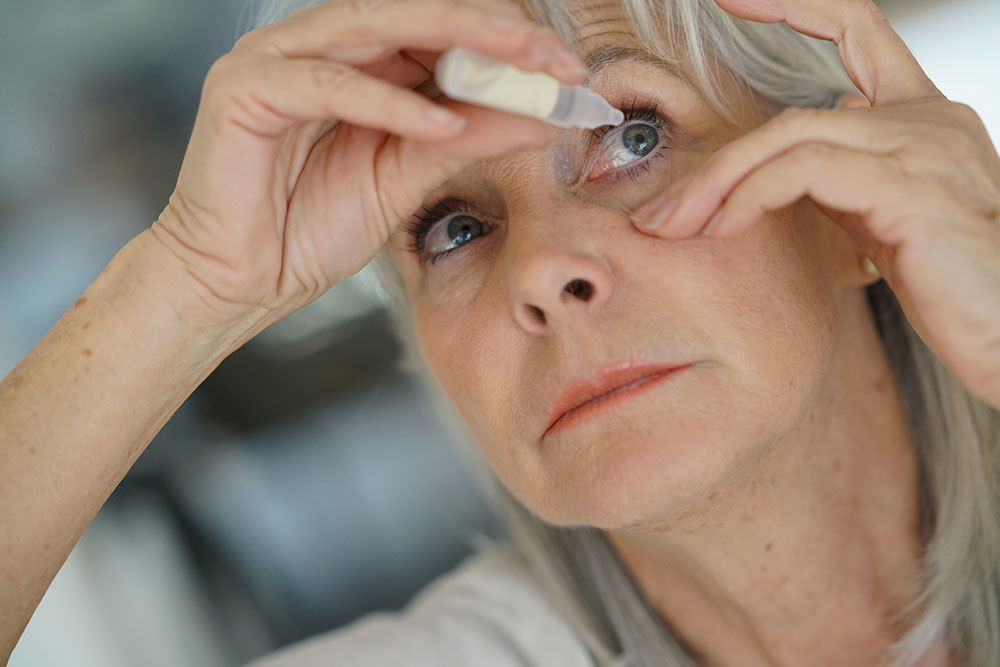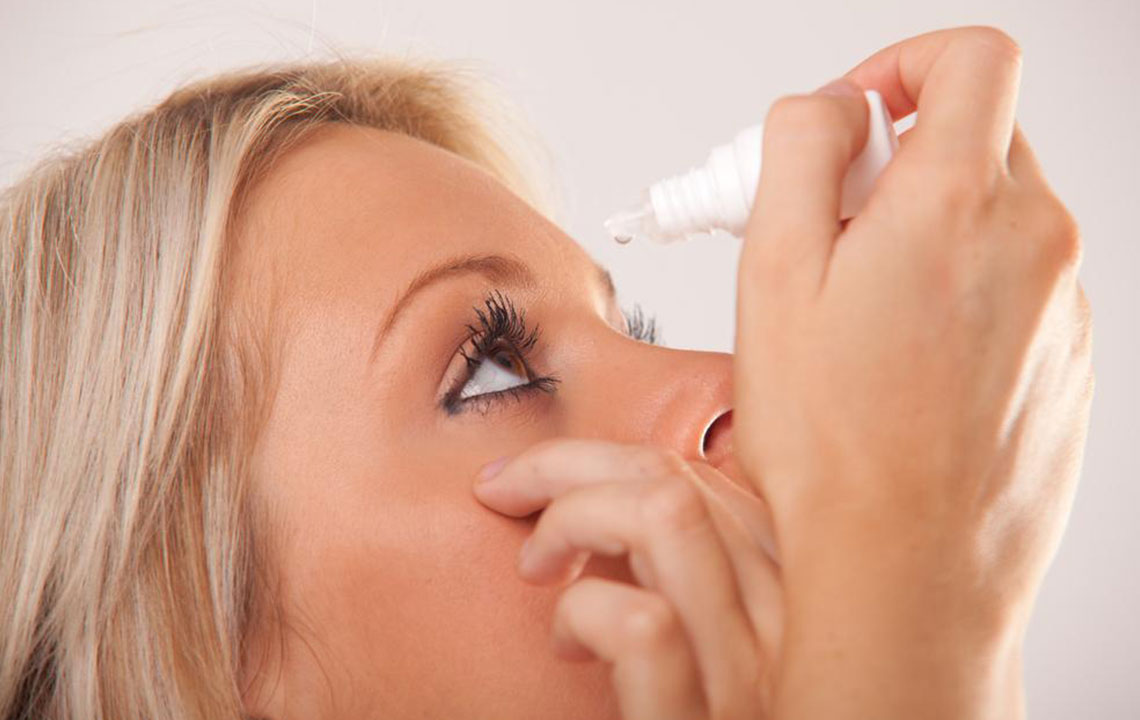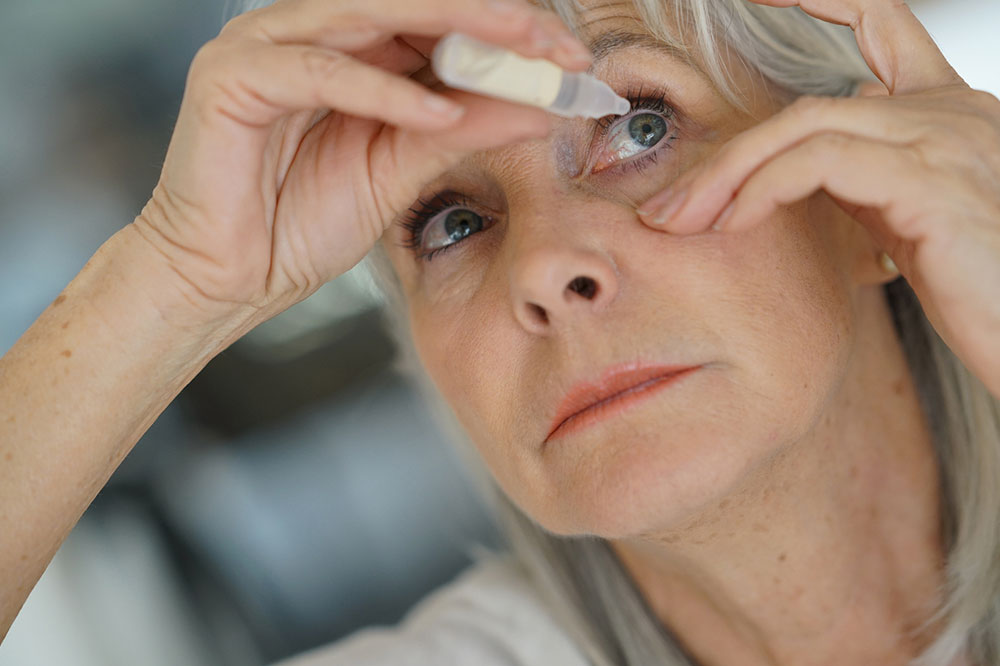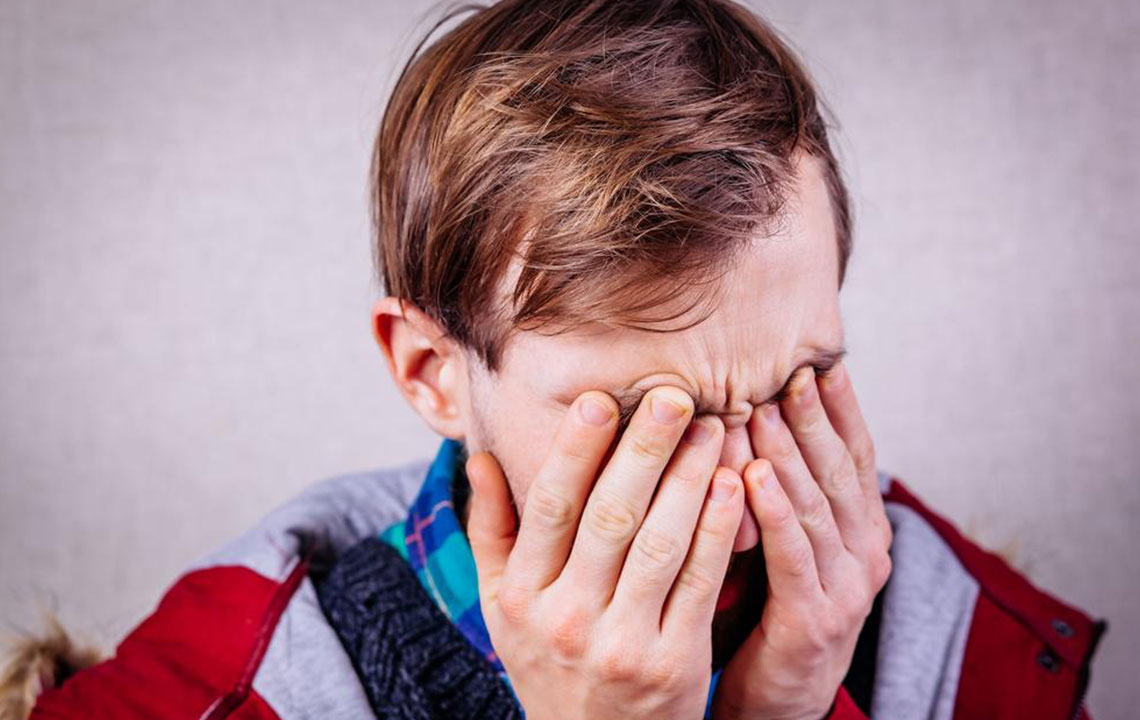Comprehensive Guide to Dry Eyes: Causes, Symptoms, and Effective Treatment Options
Dry eyes are a prevalent condition caused by tear film imbalance, leading to discomfort and vision issues. This comprehensive guide explores causes, symptoms, diagnosis, innovative treatments like Lipiflow and punctal plugs, and lifestyle tips for prevention. Early intervention and professional care can effectively manage dry eye symptoms, restoring ocular comfort and health. Keep your eyes healthy by understanding this common condition and seeking timely medical advice.

Comprehensive Guide to Dry Eyes: Causes, Symptoms, and Effective Treatment Options
Your eyes are vital sensory organs that allow you to perceive the world around you, and tears play a crucial role in maintaining ocular health. Tears are not just about moisture; they contain a complex mixture of water, oils, mucus, and antimicrobial proteins that work together to lubricate the eyes, wash away irritants, and protect against infections. When the tear production or tear film stability is disrupted, it results in a condition known as dry eyes, also called keratoconjunctivitis sicca. This condition can cause significant discomfort and may even impair vision if left untreated.
Understanding the causes, symptoms, and treatment options for dry eyes is essential to managing this common but often overlooked condition. This comprehensive guide explores the underlying mechanisms of dry eye syndrome, typical signs to watch for, and the various effective treatments available today.
What Are Dry Eyes and How Do They Occur?
Dry eye syndrome manifests when there is an imbalance in the tear film—either due to insufficient tear production or excessive tear evaporation. The tear film is a thin layer covering the surface of the eye, comprising three main components: the aqueous layer (water-based), the lipid layer (oils), and the mucin layer (mucus). Each layer plays a vital role in maintaining eye comfort and clarity.
Disruption in any of these layers can lead to dry eyes. For example, reduced tear production might occur due to age-related changes, autoimmune disorders like Sjögren’s syndrome, or damage to the lacrimal glands. Excessive evaporation can result from eyelid conditions, environmental factors, or meibomian gland dysfunction.
Common Causes of Dry Eyes
Age: Tear production tends to decrease with age, making dry eyes more prevalent among older adults.
Environmental Conditions: Wind, dry air, pollution, and extended screen time increase tear evaporation.
Medical Conditions: Autoimmune diseases such as Sjögren’s syndrome, rheumatoid arthritis, and thyroid disorders often contribute to dry eyes.
Medications: Certain drugs, including antihistamines, antidepressants, blood pressure medications, and acne treatments, can reduce tear production.
Eyelid Disorders: Blepharitis and eyelid malpositions may impair tear film stability.
Hormonal Changes: Pregnancy, menopause, and hormone replacement therapy can influence tear production.
Symptoms to Recognize
Dry eye syndrome presents with a variety of symptoms that can vary from mild to severe. Recognizing these signs early is critical for effective management:
Persistent dryness and irritation: A sensation of grittiness or scratchiness in the eyes.
Redness: Inflamed or bloodshot eyes due to irritation.
Blurred or fluctuating vision: Often worsened by prolonged activities like reading or computer work.
Sensitivity to light: Discomfort in bright environments.
Excessive tearing: Paradoxically, dry eyes can cause reflex tearing as the eye attempts to compensate for dryness.
Foreign body sensation: Feeling of having something in the eye.
Discomfort in specific situations: Especially in dry or windy environments.
Diagnosis of Dry Eye Syndrome
Proper diagnosis necessitates a comprehensive eye examination by an ophthalmologist or optometrist. The doctor will review your medical history, medications, and environmental exposures, followed by specialized tests. These may include:
Schirmer Test: Measures tear production by placing small strips of filter paper under the eyelids.
Tear Breakup Time (TBUT): Assesses tear film stability by examining how quickly the tears evaporate or break up after blinking.
Ocular surface staining: Uses dyes like fluorescein or lissamine green to detect damaged cells on the eye surface.
Meibomian Gland Evaluation: Checks for gland dysfunction impacting oil secretion in the tear film.
Effective Treatment Strategies for Dry Eyes
Modern treatments aim to restore the normal tear film and alleviate symptoms. The approach depends on the severity and underlying cause, encompassing conservative measures, medical therapies, and advanced procedures.
Conservative Management
Artificial Tears: Over-the-counter eye drops help lubricate the eyes temporarily. Choose preservative-free options for frequent use.
Environmental Modifications: Use humidifiers, avoid air drafts, and wear wraparound sunglasses to reduce tear evaporation.
Proper Eyelid Hygiene: Regular eyelid cleansing can manage blepharitis and improve gland function.
Limit Screen Time: Breaks during prolonged computer or device use can reduce eye strain and dryness.
Medications and Pharmacological Treatments
Prescription Eye Drops: Cyclosporine (Restasis) and lifitegrast (Xiidra) are immunomodulators that increase tear production.
Anti-Inflammatory Agents: Short courses of corticosteroid eye drops can reduce inflammation.
Hormone Therapy: For cases linked to hormonal imbalance, hormone replacement or other therapies might be beneficial.
Advanced and Surgical Options
Punctal Plugs: Tiny devices inserted into tear ducts to prevent tear drainage, thereby increasing surface moisture.
Lipiflow and Other Thermal Pulsation Treatments: Medical procedures that unblock meibomian glands and restore oil flow to stabilize the tear film.
Tear Duct Closure: Surgical closure of tear ducts in severe cases when other treatments fail.
Prevention and Lifestyle Tips
Preventative care is essential to reduce the risk or severity of dry eye syndrome. Practicing good habits can significantly improve ocular comfort:
Maintain adequate hydration by drinking plenty of water.
Use lubricating eye drops regularly if predisposed.
Protect eyes from harsh environmental factors with sunglasses or protective eyewear.
Manage underlying medical conditions that contribute to dryness.
Ensure proper eyelid hygiene and consider regular check-ups if symptoms persist.
When to Seek Medical Advice
If you experience persistent dry eye symptoms that interfere with your daily activities, it’s essential to consult an eye care professional. Early diagnosis and tailored treatment can prevent complications like corneal damage or chronic discomfort, ensuring your eyes stay healthy and comfortable.
In conclusion, dry eye syndrome is a common but manageable condition. Understanding its causes, recognizing the symptoms early, and employing appropriate treatment strategies can significantly improve quality of life. Modern advances in ophthalmology continue to enhance treatment options, so consult your eye specialist for personalized care.





